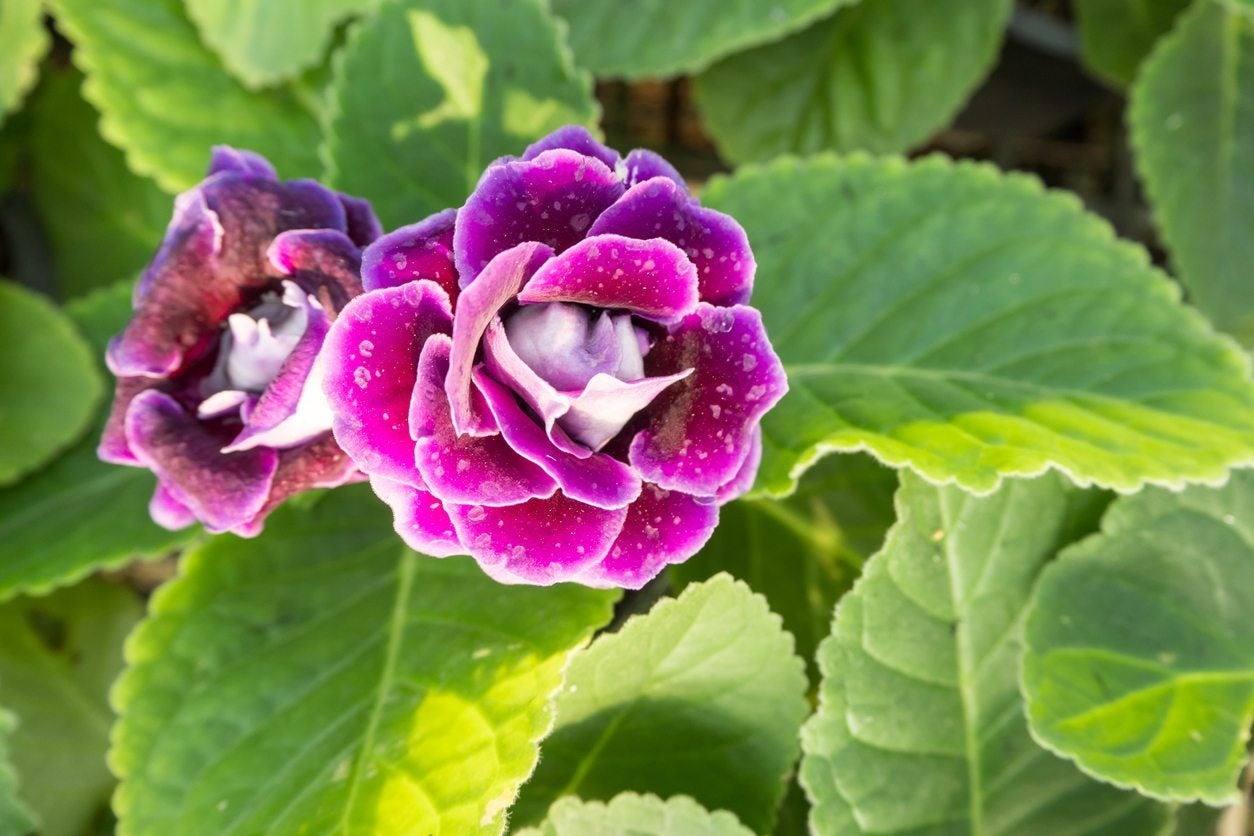Deadheading Gloxinia Plants: Learn How To Deadhead Gloxinias


Gloxinia is a perennial flowering plant, but many hybrids are grown as annuals. Whether you enjoy yours as an annual or perennial, removing spent gloxinia blooms is the key to ensuring you get continuous flowers over several weeks.
About Growing Gloxinia
Gloxinia is a perennial plant that naturally grows in the mountains in rocky soil. In your garden, this pretty trumpet flower will prefer soil that is well drained and not overly heavy. It prefers cool nights and most varieties are hardy to zone 5. The plants thrive in full sun to partial shade and tolerate droughts fairly well. Keep your gloxinia watered but not overly wet or it will not do well. For continuous blooms, deadheading a gloxinia is crucial.
How to Deadhead Gloxinias
Gloxinia plants produce beautiful stalks of trumpet-shaped flowers. They will start blooming in late spring and will continue for several weeks if you remove the spent flowers. Deadheading is the process of removing any spent flowers, and the reason for doing it is two-fold: it helps your garden, bed, or container stay fresh looking and it promotes the growth of new flowers so you get a longer bloom period on a particular plant. The reason that deadheading works to give you even more flowers is that the removal of the spent blooms redirects the plant’s energy into producing more flowers. By discouraging the production of seeds, the plant uses its resources to make more flowers. An additional bonus is that if you are growing gloxinia as a perennial in a bed, deadheading will prevent seeds from dropping and the plant from spreading into areas where you don’t want it. Deadheading gloxinia plants is not difficult, but for the best removal, use garden shears instead of your fingers. Cut the stem of the flower off completely, not just at the base of the flower. If you use your fingers to pinch it off, get as close to the end of the stem as possible and try to make a clean break. By taking the time to deadhead your gloxinia, you will enjoy more of the plant’s beautiful blooms throughout the growing season.
Sign up for the Gardening Know How newsletter today and receive a free copy of our e-book "How to Grow Delicious Tomatoes".

Mary Ellen Ellis has been gardening for over 20 years. With degrees in Chemistry and Biology, Mary Ellen's specialties are flowers, native plants, and herbs.